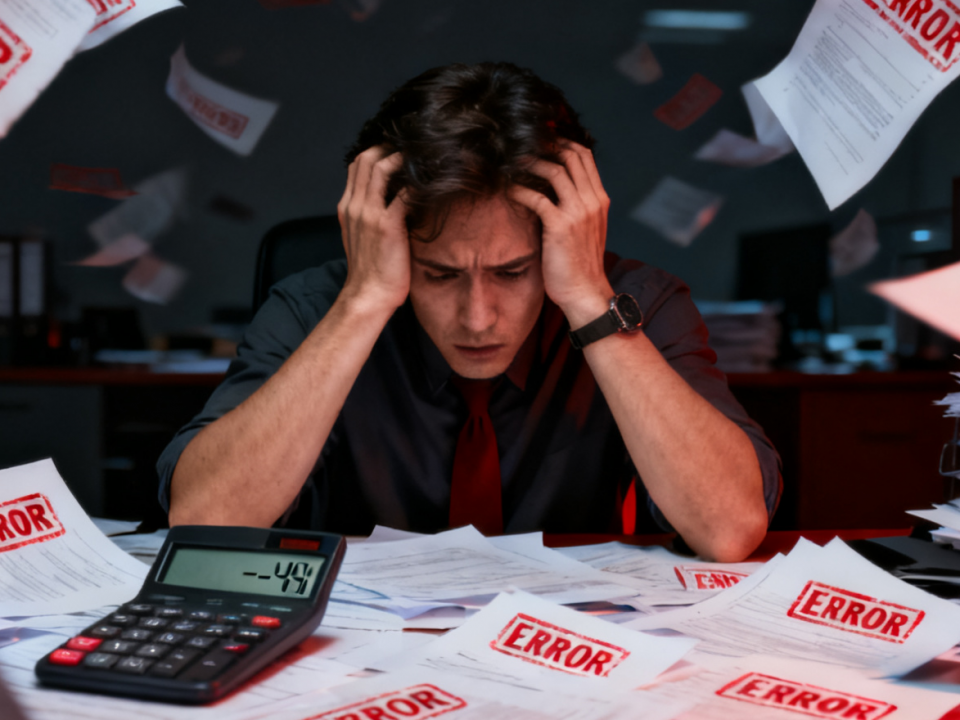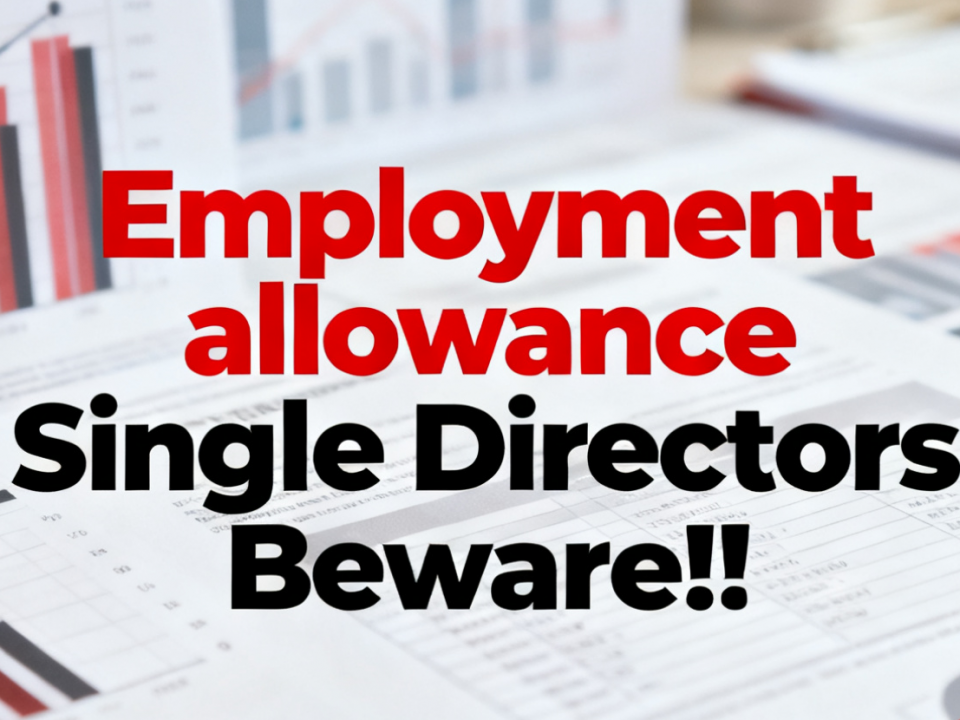Claiming an SDLT Refund: Sold Your Old Home Within 36 Months?
June 19, 2025What’s the Optimum Salary for PSC Directors in 2025/26?
July 1, 2025💡 Capital Allowance vs Expense – What’s the Difference?
Not all business costs are treated equally when it comes to tax. If you’re self-employed or running a business, understanding the difference between an expense and a capital allowance is key to getting your tax right.
Here’s a simple breakdown:
Expenses – Everyday Running Costs
These are the regular costs of operating your business — the essentials that keep things ticking.
Examples:
- Mobile phone bills
- Office rent
- Printer ink
- Postage
- Utility bills
Tax treatment:
You deduct the full amount in the same tax year you spend it.
Capital Allowances – One-Off Asset Purchases
These are bigger investments in equipment or tools that will last for a while and help your business operate over the long term.
Examples:
- Computers and laptops
- Machinery
- Office furniture
- Business vehicles
Tax treatment:
You claim the cost back over time through capital allowances because HMRC sees them as business assets, not day-to-day expenses.
A Simple Way to Think About It
Buying fuel is an expense – it’s used up straight away.
Buying a van is a capital allowance – it’s a long-term asset.
Both reduce your tax bill, just in different ways.



